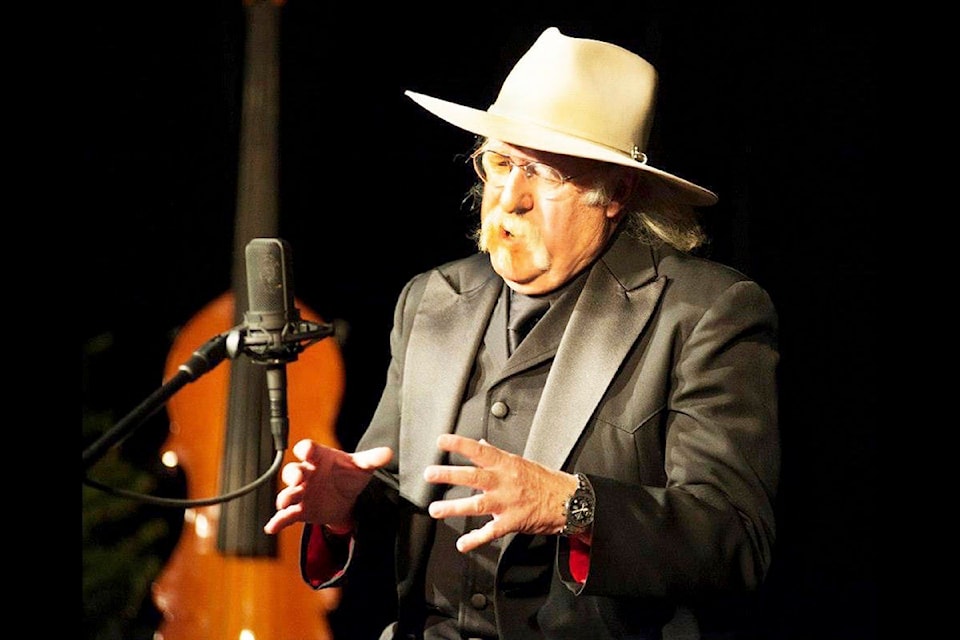This past Christmas I received a pair of really good, heavy duty socks made of alpaca wool. They are warm, comfortable, fit well and are a pleasure to wear.
A pair of good quality, comfortable, properly fitting socks is probably one of the most important pieces of outdoor gear to have when venturing into the wilds. Their importance may not seem all that significant until you experience blistering on your feet. Take my word for it, nothing can ruin a walk in the woods or an extended outdoor adventure more than blisters.
Experienced hikers and outdoors people all know just how important quality socks are on the trail. Having said that, it’s not necessarily something you have to learn the hard way.
Here are a few pointers for when you are picking out the right socks for your particular needs.
Over the last two decades, modern ‘sock technology’ has evolved to the point where one can now purchase a multitude of socks, made of both natural and synthetic materials, designed for various types of specific activities. Having said that, wool still comprises a significant percentage (25 to 85 per cent) of the fabric used in making many of these socks. Most sock manufacturers list the percentage of materials used right on the packaging. Silk is other natural fibre commonly found in socks. Silk wicks moisture and provides a smooth feel, which also makes it ideal for outdoor walking wear.
Not all natural materials, however, are good fibres for socks. Avoid socks containing large quantities of cotton as it is a poor insulator and retains moisture. The latter trait is what leads to hotspots (friction areas on your feet) when you’re walking that can ultimately lead to blistering. In a word, cotton socks are a recipe for disaster, so do yourself, and your feet a favour and avoid cotton socks.
Read more: Three week Shuswap Trail Alliance auction set to go live
Read more: Extreme hiking, time travel and science converge in the Burgess Shale
More often than not, synthetic fibres and materials are added to enhance a sock’s comfort, as well as, increase insulation, moisture-wicking ability and cushioning. Some of the more common synthetic fibres used in socks are polyester, which has both moisture-wicking and quick-drying properties, acrylics, which provide good insulation, feel soft next to the skin and wick moisture well, and nylon, which gives elasticity as well as strength to socks.
When selecting socks, a good rule of thumb is to match the weight of the sock to the type of walking/hiking you will be doing and the weight of your walking shoe or hiking boot. For example, a lightweight sock will compliment lighter walking shoes on easy trails for a few hours of walking or hiking. Harder trail types require mid-weight socks, while heavy socks are what’s wanted for rough and difficult terrain when hiking for several hours. When buying a pair of socks, look for extra cushioning in the areas where your feet tend to get sore such as the heel or toe. If your feet rub against the tongue of your boot, causing discomfort, look for extra padding on the instep of a sock.
To say the least, the right socks can make all the difference. Matching socks and boots can also reduce the chance of twisting an ankle.
Now, having proclaimed the virtues of a good pair of walking/hiking/outdoor socks, I do have to also mention the downside – they can be expensive. A pair of alpaca socks will run you $30 or more. Specialized outdoor activity socks can run anywhere from $20 to $50 and up. So no they are not cheap but, compared to the discomfort of blisters, they are well worth whatever price you choose to pay.
I think I’ll start saving up to buy a second pair of those alpaca socks.
